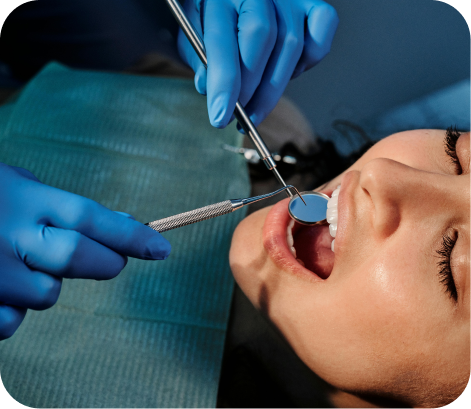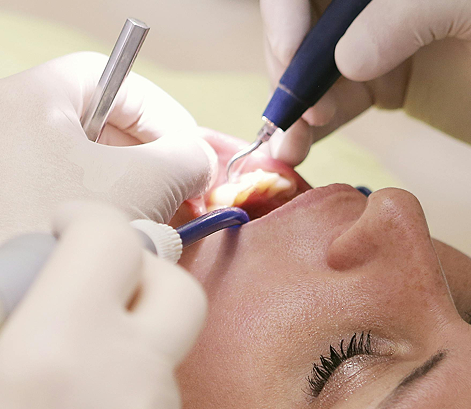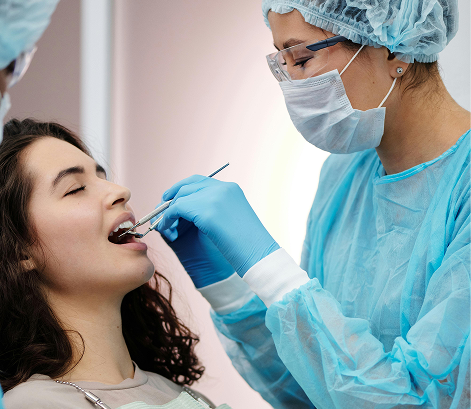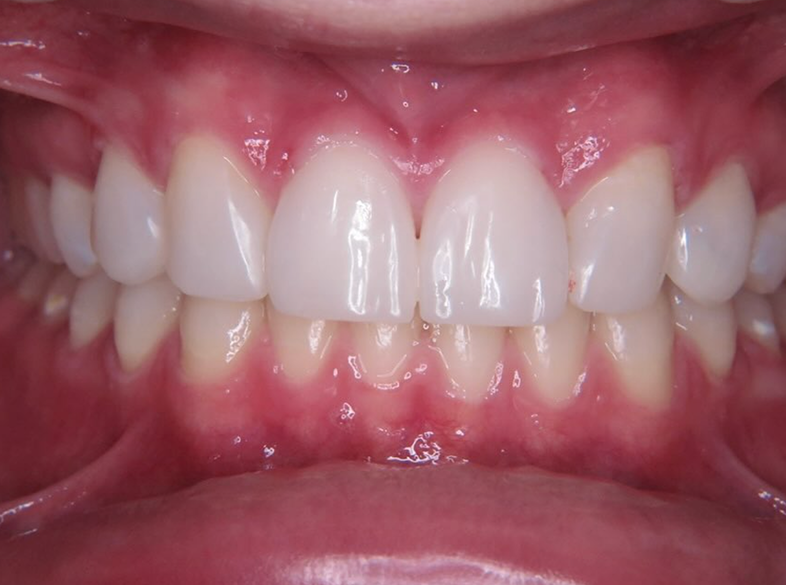4.5 - 172 Google Reviews
A tooth extraction is a routine procedure. Wisdom teeth are the third and last big teeth (molars) on each side of the upper and lower jaws – and the last teeth to come through (erupt), usually in your late teens or early twenties.
Often there needs to be more room in your mouth. Partially emerged or crooked wisdom teeth can also lead to pain and gum disease; impacted wisdom teeth tend to cause swelling and tenderness.
Book an appointment Now


After surgery, you may be asked to bite down softly on a piece of gauze for 30 to 45 minutes after leaving the office to limit any bleeding. If the wisdom teeth are impacted and embedded in the bone, we make an incision into the gums and remove the tooth in sections to minimise the amount of bone being removed.
Wisdom teeth removal due to crowding or impaction does not affect your bite – or your oral health in the future.
BOOK NOWBetween 2% – 5% of people develop a dry socket post-surgery. After tooth extraction, a blood clot forms in the tooth socket and seals the area so that it can heal. A dry socket can occur during the first five days after the extraction when the blood clot breaks down or is dislodged, exposing the bone and nerves of the tooth.
To ease the pain, we rinse out the empty socket, remove any debris and apply medicated dressings to protect the area and decrease the pain. Prescribed antibiotics prevent infection, and painkillers ease discomfort – with proper care and rest, a dry socket heals in 7 to 10 days.
BOOK NOWMeet the dedicated
Invisalign team
at Smithfield Dental
Experienced professionals committed
to your smile and well-being.
Before & After
Smile Transformations
Your smile is one of your greatest assets,
and we’re here to help you achieve the healthy,
radiant look you deserve.
Book your appointment today
and experience expert care from
our friendly team!

Smile Now, Pay later
with Humm Finance


FAQ
Does wisdom tooth extraction hurt?
The procedure itself is performed under local anaesthetic, so you won’t feel pain during the extraction. Some discomfort and swelling afterwards is normal, but this can be managed with pain relief and aftercare instructions provided by your dentist.
When should I have my wisdom teeth removed?
Wisdom teeth are usually removed if they’re causing pain, crowding, infection, or are impacted (stuck under the gum). Your dentist will assess your situation with an exam and X-ray to determine if extraction is needed.






